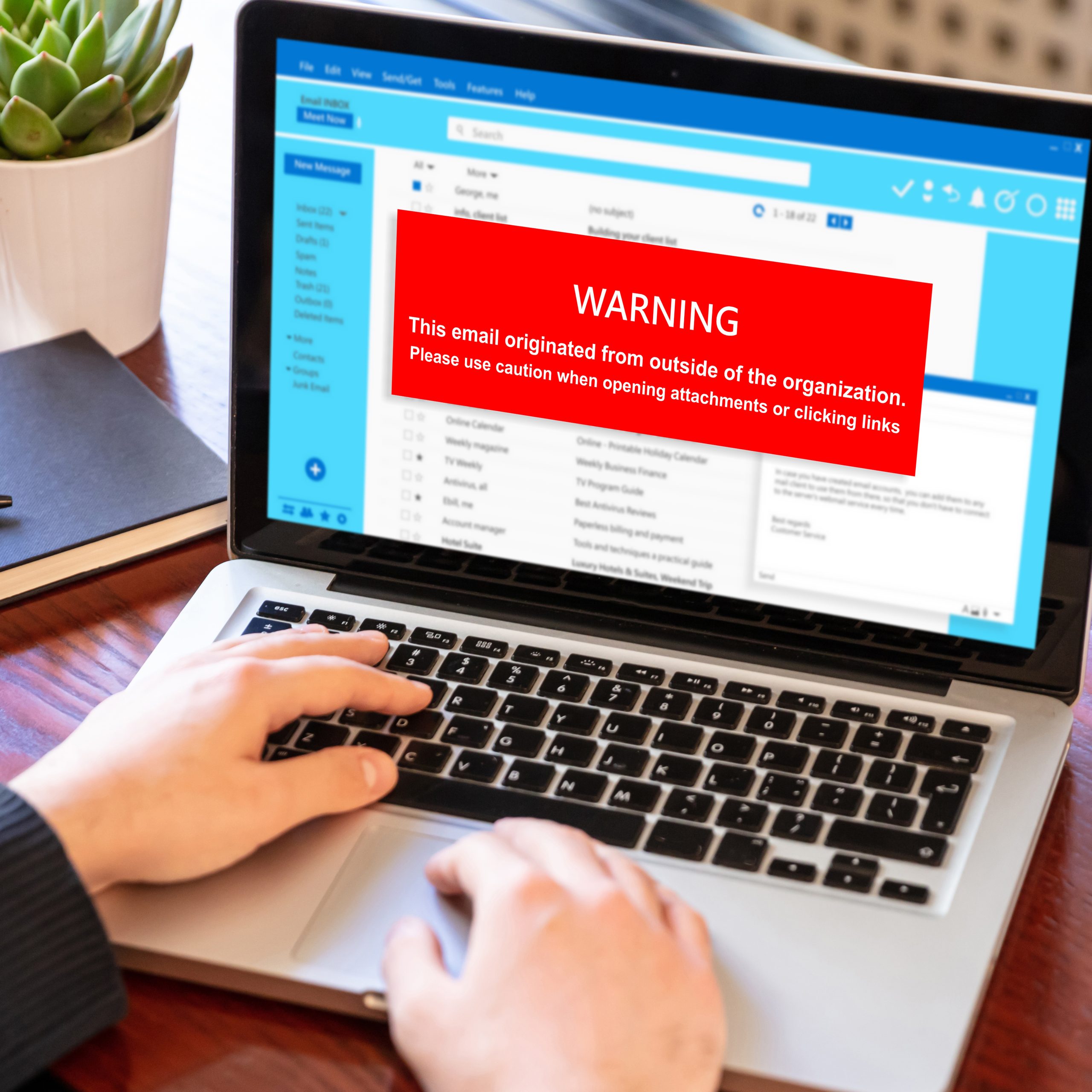Email Security Trends In 2023
Email Security Trends In 2023
Email Security Trends In 2023
Email Security Trends In 2023
Why Email Security Is Still Important
Email phishing is one of the most common tactics used by cybercriminals to steal sensitive information such as login credentials, credit card details, and personal data. This type of attack involves sending fraudulent emails that appear to be from reputable sources, like banks or social media platforms, to lure victims into clicking on a malicious link or downloading an infected attachment. Once clicked or downloaded, the attacker can gain access to the victim’s computer or network and steal their data.
According to the 2021 Verizon Data Breach Investigations Report, phishing was the number one cause of data breaches in 2020, accounting for 36% of all breaches. Moreover, the report found that 85% of all data breaches involved a human element, such as social engineering or phishing. These statistics highlight the importance of email security and the need for individuals and organizations to be vigilant in identifying and reporting suspicious emails.
Credential harvesting is another type of email phishing attack where cybercriminals attempt to obtain login credentials, often through a fake login page. This method is especially prevalent in attacks on financial institutions and social media platforms. According to the 2021 State of the Phish Report by Proofpoint, 25% of respondents reported experiencing a credential harvesting attack in 2020.
In 2023 early reports from Email Security experts have noted that spoofing and impersonation are becoming more common as tactics used by cybercriminals to trick recipients into giving away sensitive information. Email spoofing involves creating a fake email address to make it look like the message came from a trusted source, while impersonation involves using a legitimate email address to impersonate someone else. These attacks can lead to identity theft, financial fraud, and data breaches. To protect against these threats, it is important to verify the authenticity of email addresses, use anti-spam filters, and be cautious when responding to requests for sensitive information.
To prevent email phishing and credential harvesting attacks, it is important to educate users on how to identify and report suspicious emails, as well as to implement email security measures such as anti-spam filters and two-factor authentication.
It is also becoming more and more necessary to protect your organization with robust Anti-Phishing and Anti-Malware platforms. Preventing Phishing and Malware pre-delivery should become a primary priority for companies and organizations of every size. Users becoming compromised pose the greatest threats, so protecting each inbox is paramount.
Confirm Your Email Configuration
SPF, DKIM, and DMARC are email authentication protocols that help to prevent email spoofing and ensure the authenticity of email messages. These protocols work together to provide a comprehensive email security solution that protects against phishing attacks and other email-based threats.
SPF (Sender Policy Framework) is a protocol that allows domain owners to specify which IP addresses are authorized to send email on their behalf. SPF checks are performed by email servers to ensure that incoming messages are coming from a legitimate source.
DKIM (DomainKeys Identified Mail) is a protocol that adds a digital signature to email messages to verify their authenticity. This signature is created using a private key that is only accessible to the domain owner, and it can be verified using a public key published in the domain’s DNS records.
DMARC (Domain-based Message Authentication, Reporting and Conformance) is a protocol that allows domain owners to specify how email messages should be handled if they fail SPF or DKIM checks. DMARC policies can be set to either quarantine or reject suspicious messages, or to send them to a designated email address for review.
Implementing SPF, DKIM, and DMARC can significantly improve email security and reduce the risk of email-based threats. Organizations should consider implementing these protocols as part of their overall email security strategy, along with other measures such as anti-spam filters and employee training on identifying and reporting suspicious emails.
What Can You Do Now?
In conclusion, prioritizing email security is crucial in today’s digital landscape. With the increasing sophistication of phishing attacks, safeguarding sensitive information and preventing unauthorized access have become paramount. By implementing robust email protection measures, such as strong authentication protocols, user education, and advanced spam filters, individuals and organizations can significantly reduce the risk of falling victim to malicious schemes. Remember, vigilance and proactive security measures are the key to staying one step ahead of cyber threats in the ever-evolving realm of email communication.











